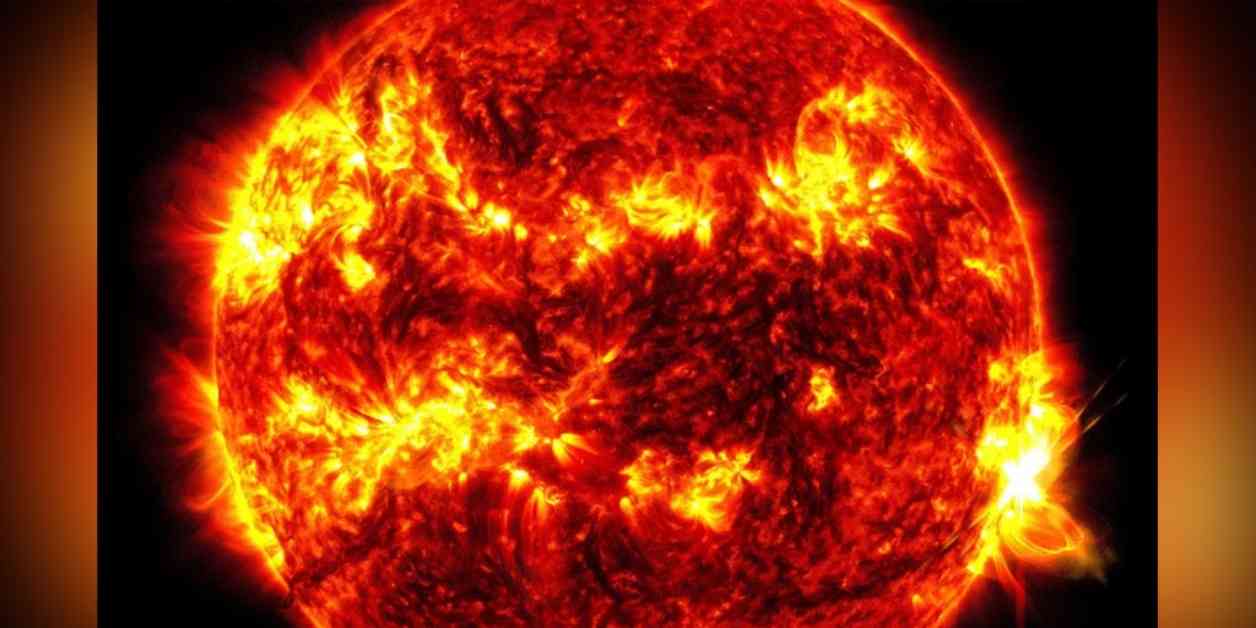The sun recently emitted its largest solar flare in over a decade, causing severe solar storms that were visible as far south as Florida. The National Oceanic and Atmospheric Administration (NOAA) Space Weather Prediction Center shared the news of the solar flare on social media, indicating that it was the biggest flare of the current 11-year solar cycle. The solar flare, which had a magnitude of X8.7, was captured by NASA’s Solar Dynamic Observatory.
Although the solar flare was significant, Earth should not be directly impacted as the flare erupted from a part of the sun moving away from our planet. However, users of high frequency radio signals could experience short-term signal degradation on the sunlit side of Earth.
Scientists are currently gathering data from various sources to assess the true strength of the solar flare, as initial reports may underestimate its intensity. The flare occurred after a series of flares and coronal plasma ejections were aimed towards Earth, posing a threat to power and communications systems.
NASA reported that one of its environmental satellites experienced an unexpected rotation during the geomagnetic storm over the weekend, due to reduced altitude caused by space weather. The satellite eventually entered safe mode as a precautionary measure. Additionally, the seven astronauts aboard the International Space Station were advised to remain in areas with strong radiation shielding, although NASA clarified that they were never in any danger.
While the solar flare and subsequent solar storms created a spectacle for skywatchers, the impact on Earth’s systems was relatively minimal. It serves as a reminder of the sun’s powerful influence on our planet and the importance of monitoring space weather for potential disruptions. Stay tuned for further updates on solar activity and its implications for Earth’s technology and communication networks.




